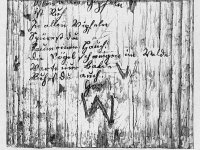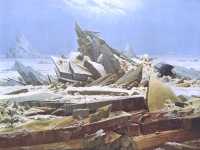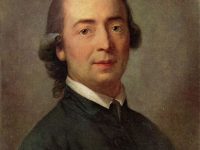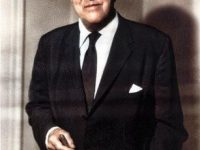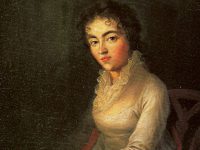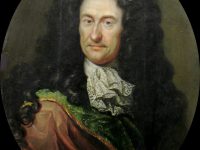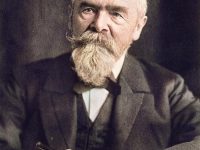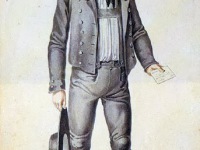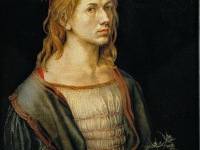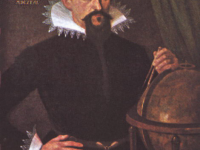Goethe’s Most Famous Poem – Wanderers Nachtlied
On September 6, 1780, the German poet Johann Wolfgang von Goethe wrote with a pencil on the wall of a wooden cabin on the Kickelhahn mountain in Ilmenau, Thuringia the poem ‘Wanderers Nachtlied‘. Über allen Gipfeln Ist Ruh, In allen Wipfeln Spürest du Kaum einen Hauch; Die Vögelein schweigen im Walde. Warte nur, balde Ruhest du auch. This poem called ‘Über allen Gipfeln‘ depicts the second poem after ‘Der du vom Himmel…
Read more

